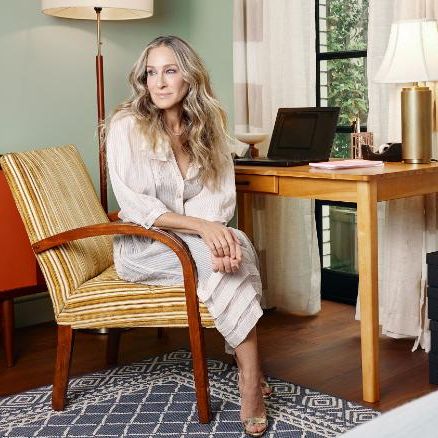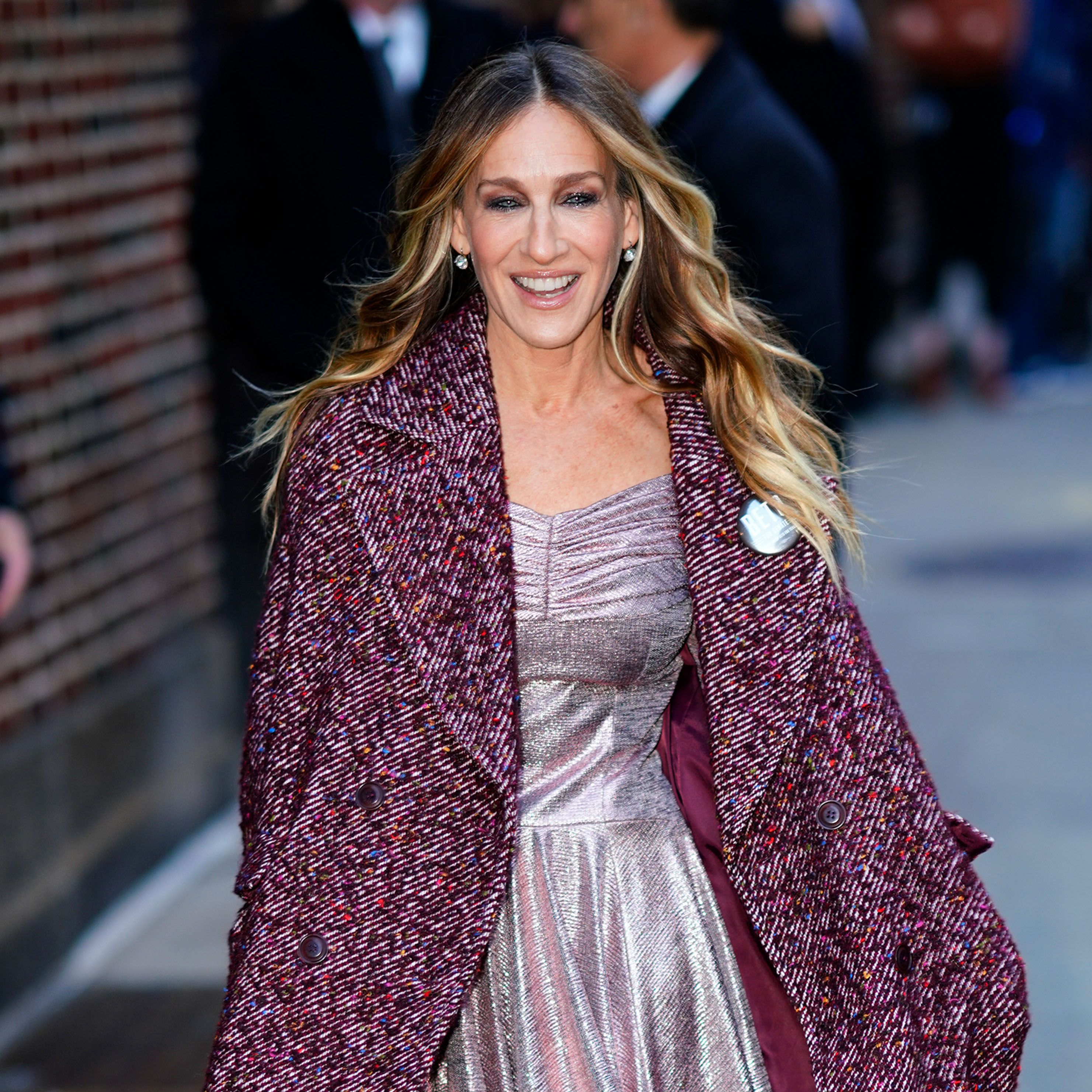Sex and the City
Read up on Sex And The City with Marie Claire with reviews, analysis, actor insights and all the news you need to keep up to date and informed.
-

Sarah Jessica Parker Test-Drives the New Platform Ugg
Carrie Bradshaw would have some thoughts on the exceedingly fluffy footwear.
By Amy Mackelden Published
-
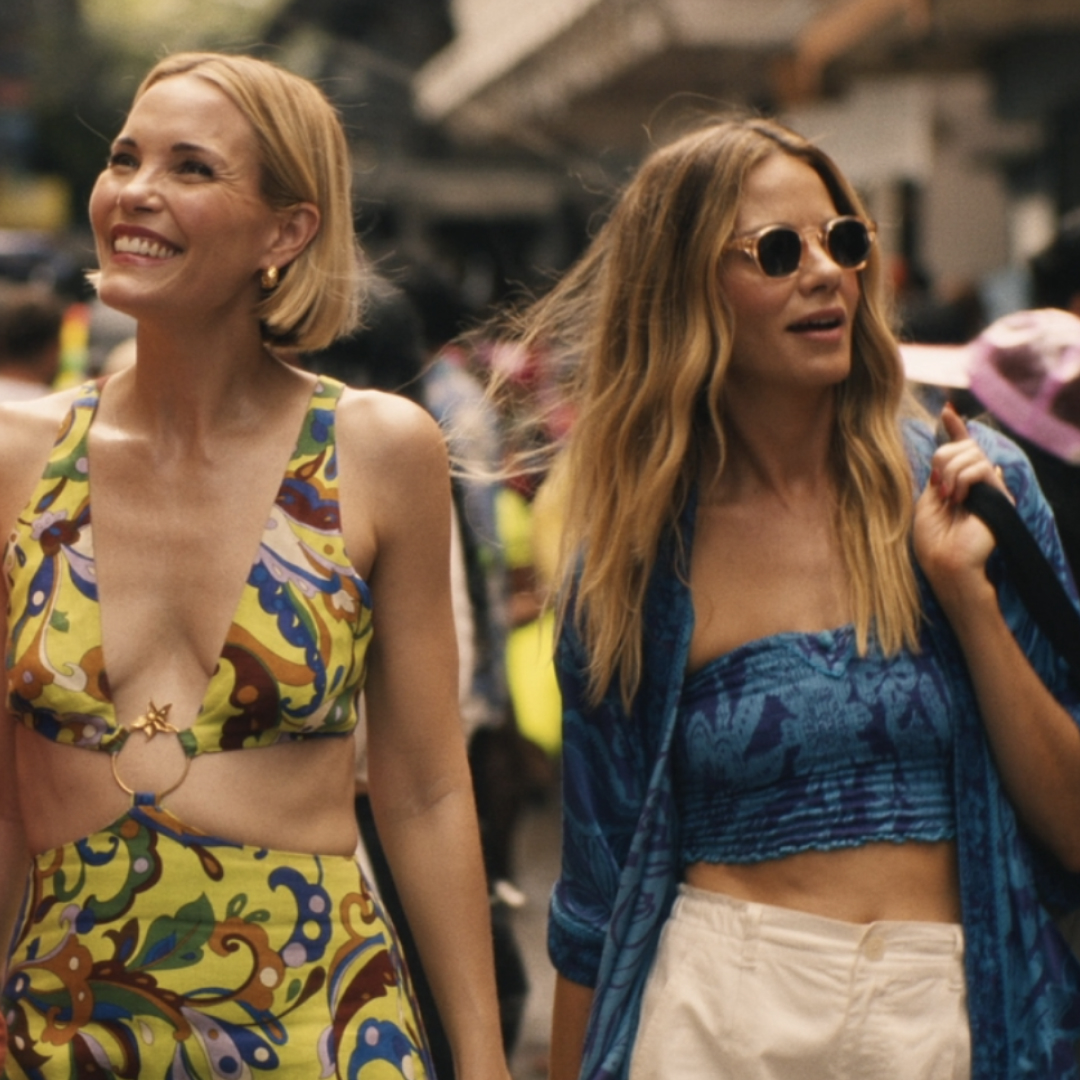
10 Vacation Destinations Inspired by Beloved TV Shows
Whether you're ready to experience life like the lords and ladies of 'Downton Abbey' or you're craving an 'Emily in Paris'-style adventure.
By Amy Mackelden Published
-
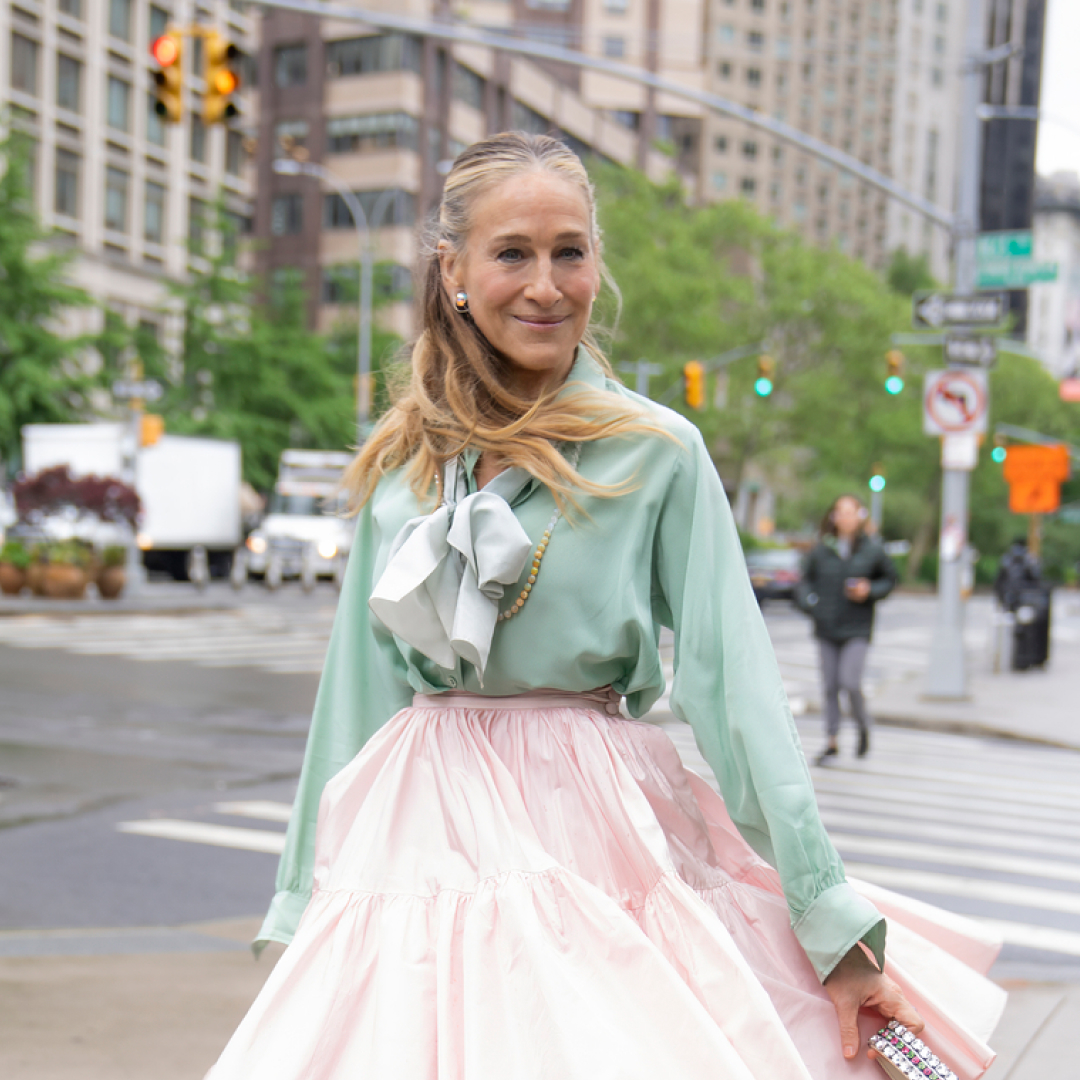
We Couldn't Help But Wonder What's In Store for 'And Just Like That' Season 3
The 'Sex and the City' spinoff is set to return this May—with summer flings abound.
By Sadie Bell Last updated
-
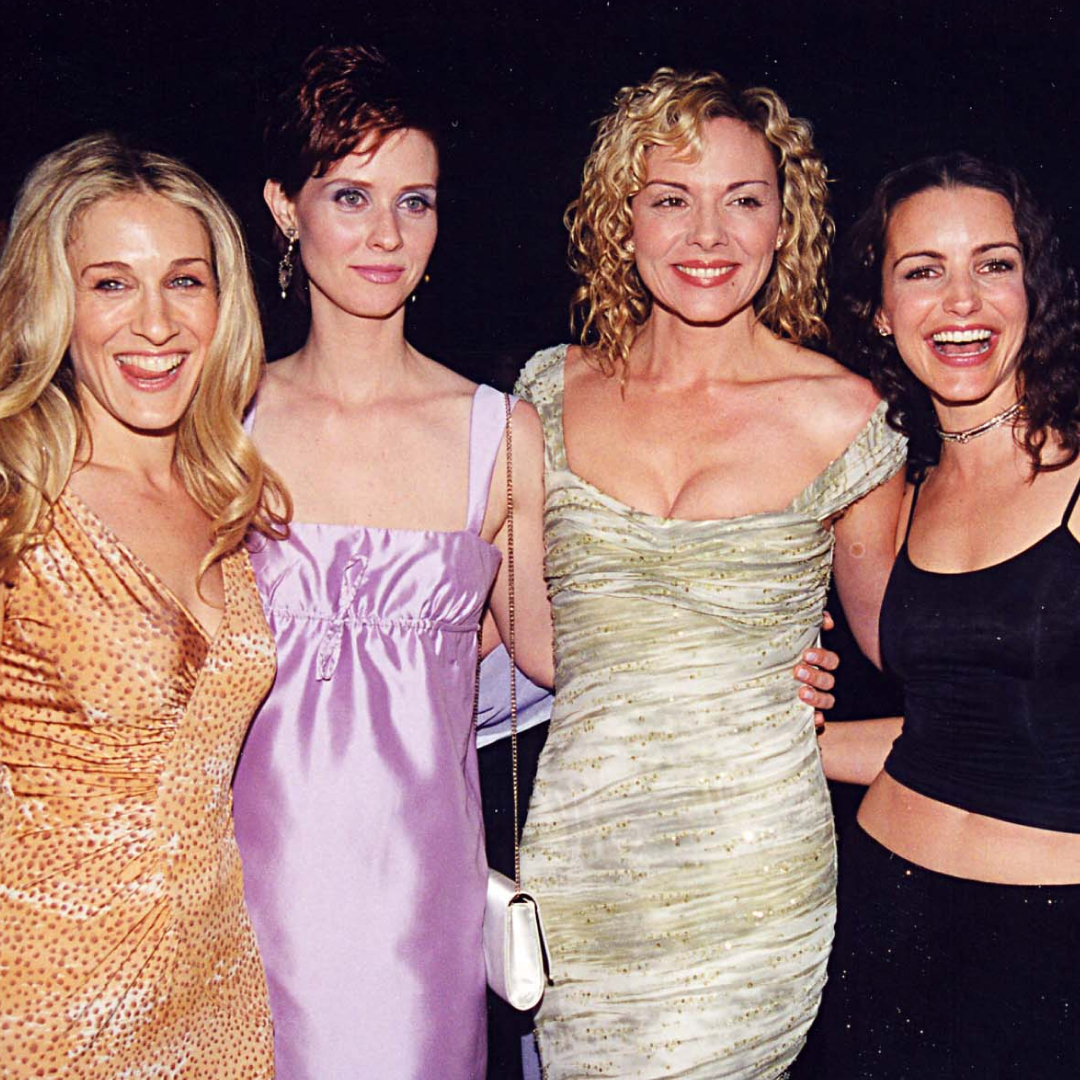
Kristin Davis Shares Why the 'Sex and the City' Cast Was "Scared" of Showing Their Nipples on TV
"Like, would we be shunned?"
By Amy Mackelden Published
-

Kristin Davis Was Offered Just $5,000 to Play Charlotte in the 'Sex and the City' Pilot, so She Called Her Lawyer
Charlotte York knows her worth.
By Amy Mackelden Published
-
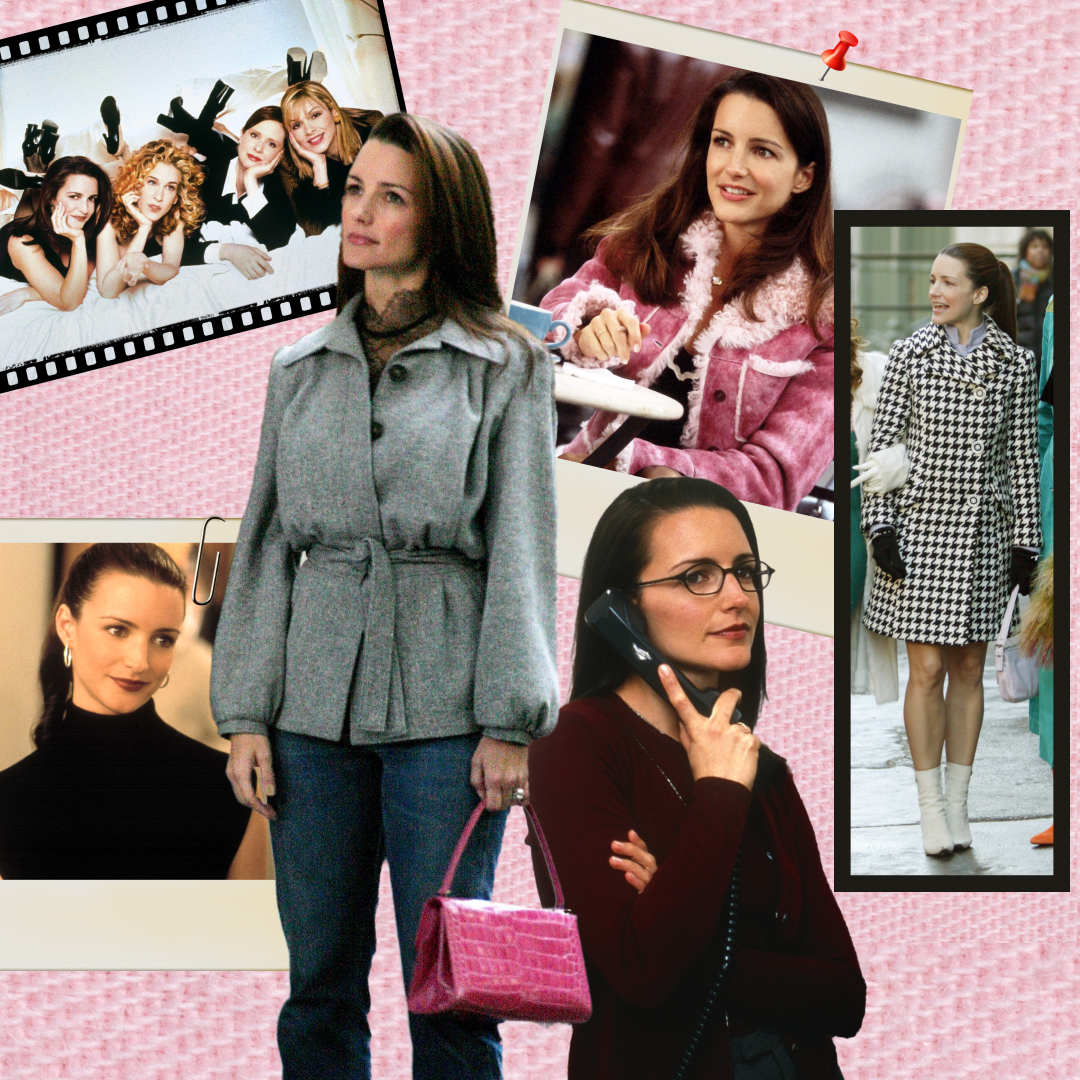
These Charlotte York Outfits Perfect the Quintessential Upper East Side Capsule Wardrobe
Although decades-old, her elevated style is more relevant than ever.
By Lauren Tappan Published
-

32 of the Most Fashionable TV Characters Who Have Become True Trendsetters
From Carrie Bradshaw of 'Sex and the City' to the cast of 'Bridgerton.'
By Katherine J. Igoe Published
-

The OG ‘Sex and the City’ Series Receives a Premiere Date on Netflix
“I am not ready for Gen Z to interact with this show.”
By Danielle Campoamor Published
-

Carrie Bradshaw’s Famous Tutu from the Opening Credits of ‘Sex and the City’ Sells at Auction for 10,000 Times Its Purchase Price
The bona fide definition of "appreciated in value."
By Rachel Burchfield Published
-

Aubrey Plaza Knows We're All Giggling At Her Emmys Dress
In fact, she's in on the joke.
By Fleurine Tideman Published
-
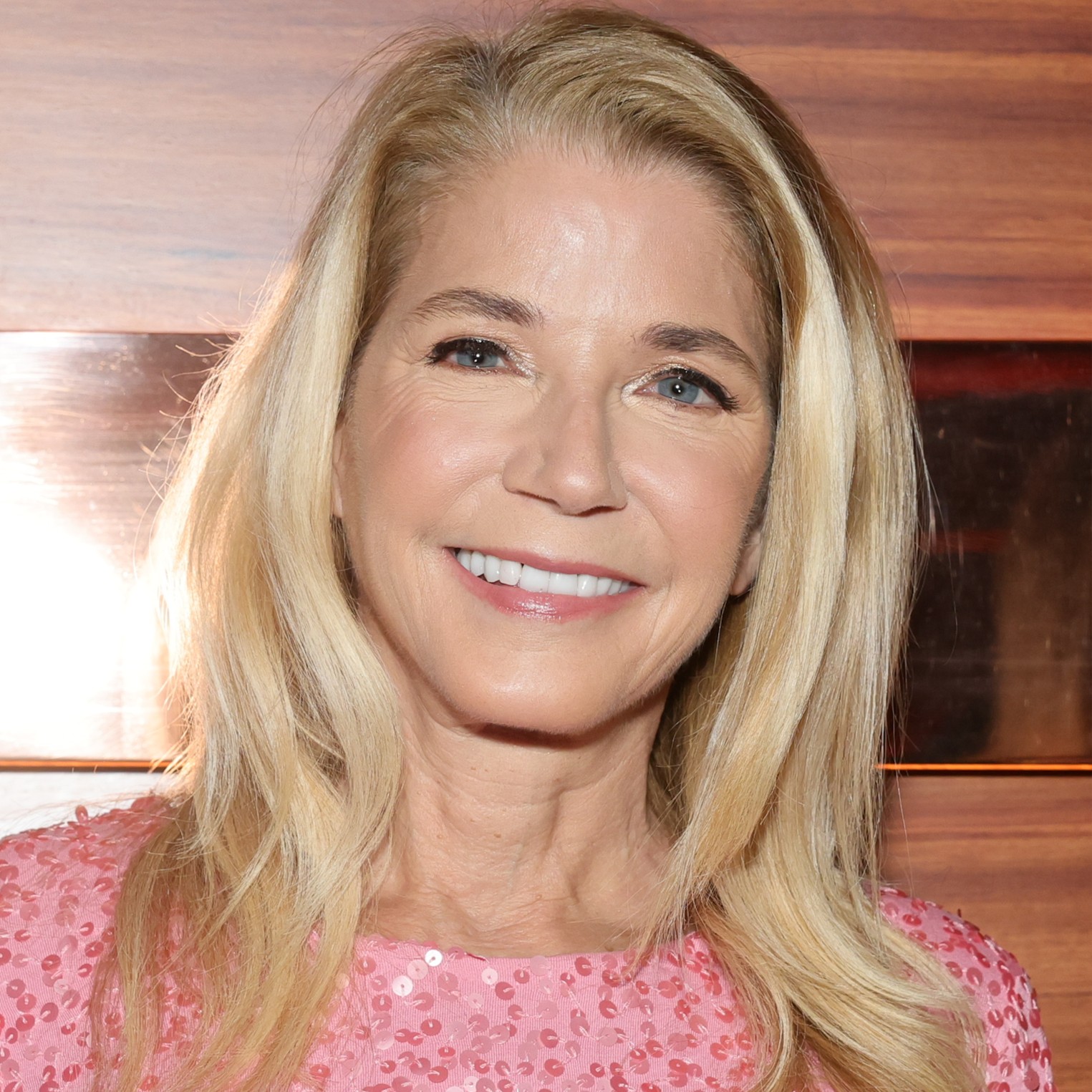
Candace Bushnell, Real-Life Carrie Bradshaw, Is Creating a Reality Dating Show for Women in their 50s
Bushnell is working on the show with the same production company behind ‘Keeping Up with the Kardashians.’
By Rachel Burchfield Published
-
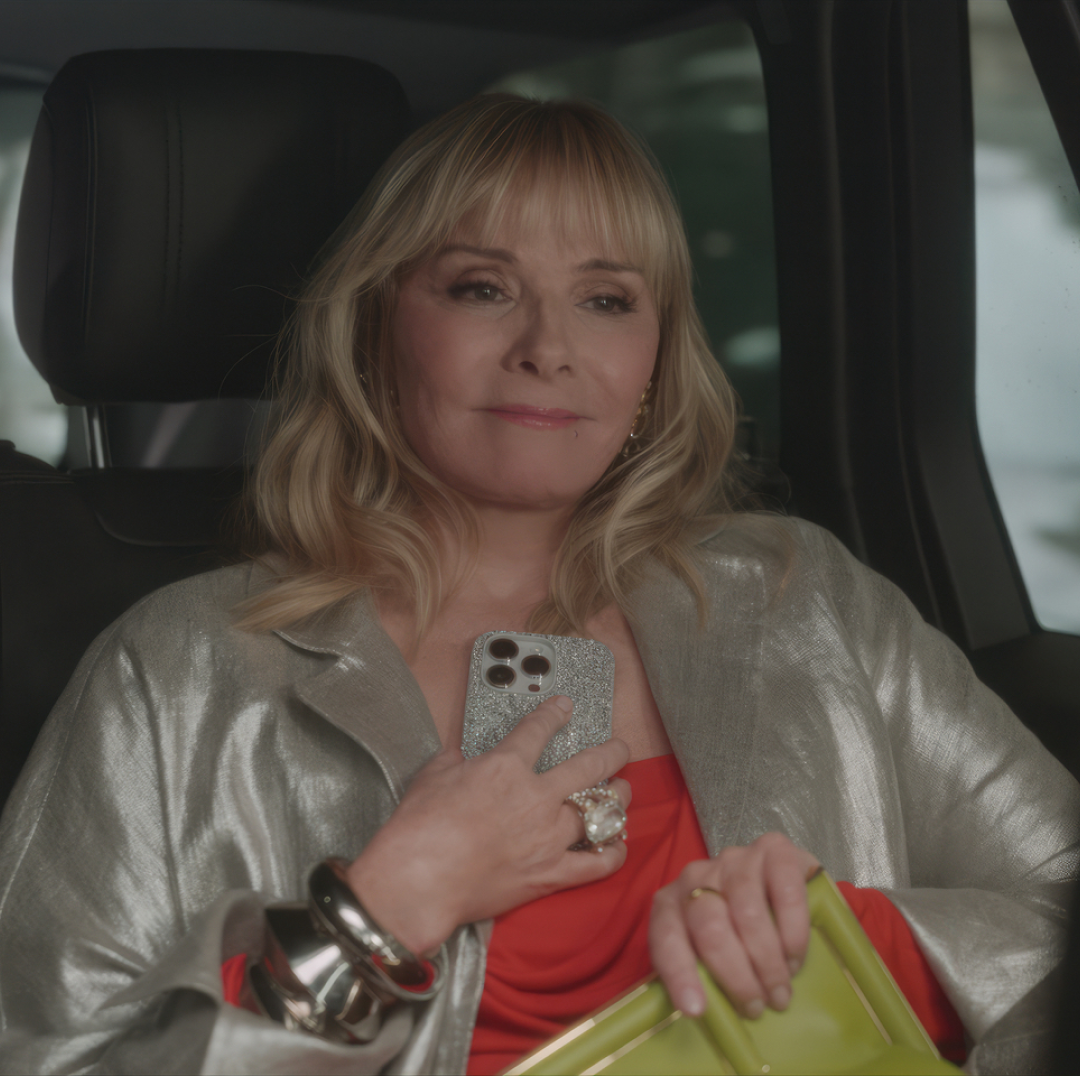
Samantha's Return and Goodbye is the Best 71 Seconds of 'And Just Like That...'
By saying farewell to Samantha, the show is finally evolving beyond 'Sex and the City.'
By Quinci LeGardye Published
-

Selena Gomez Just Used Audio of Samantha Jones from ‘Sex and the City’ to Tease Her New Single—and Kim Cattrall Approves
Women supporting women for the win.
By Rachel Burchfield Published
-
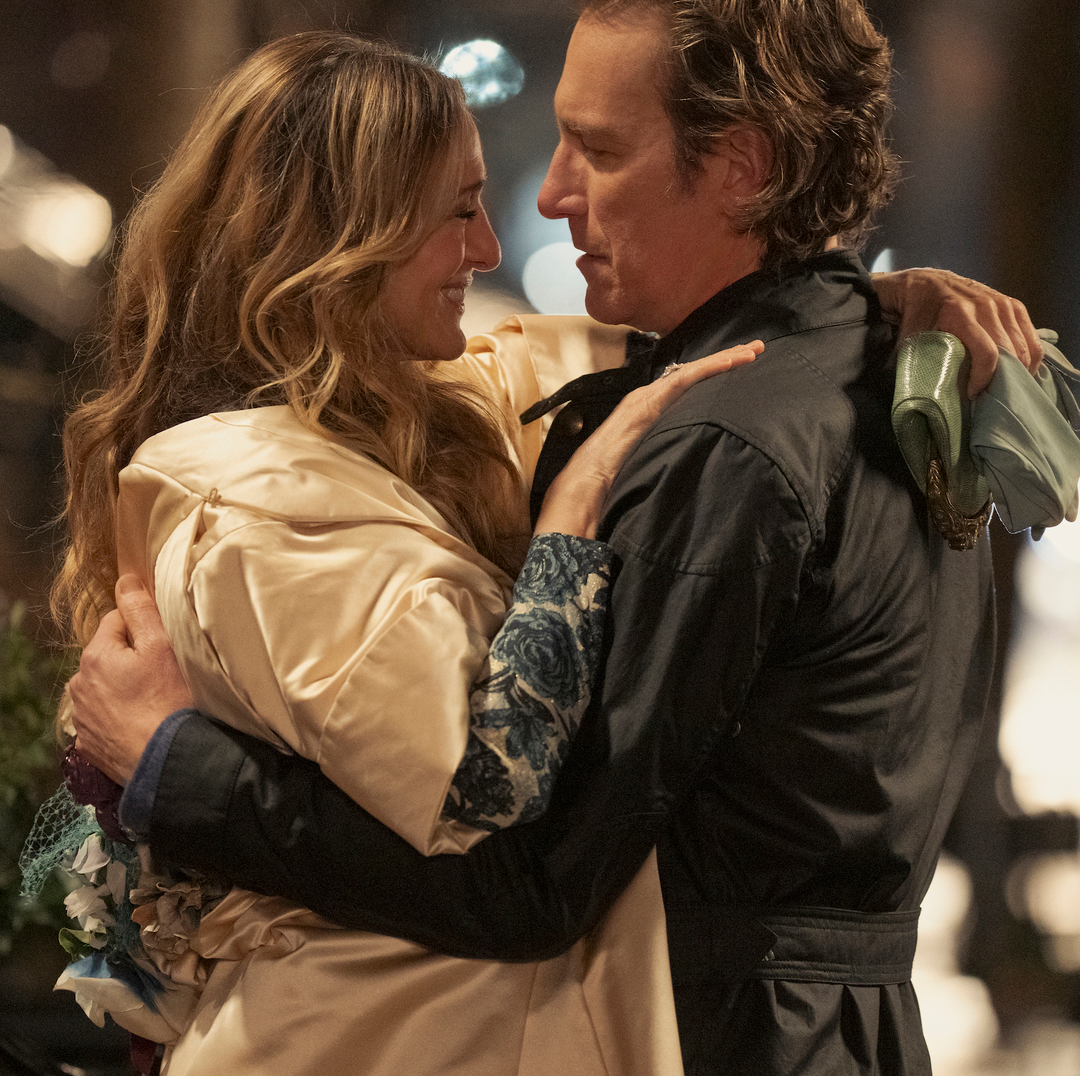
Unpacking the Grand Return of Aidan—Carrie's Second Great Love—in 'And Just Like That...'
Features The other half of the great Aidan v. Big debate is back!
By Quinci LeGardye Published
Features -
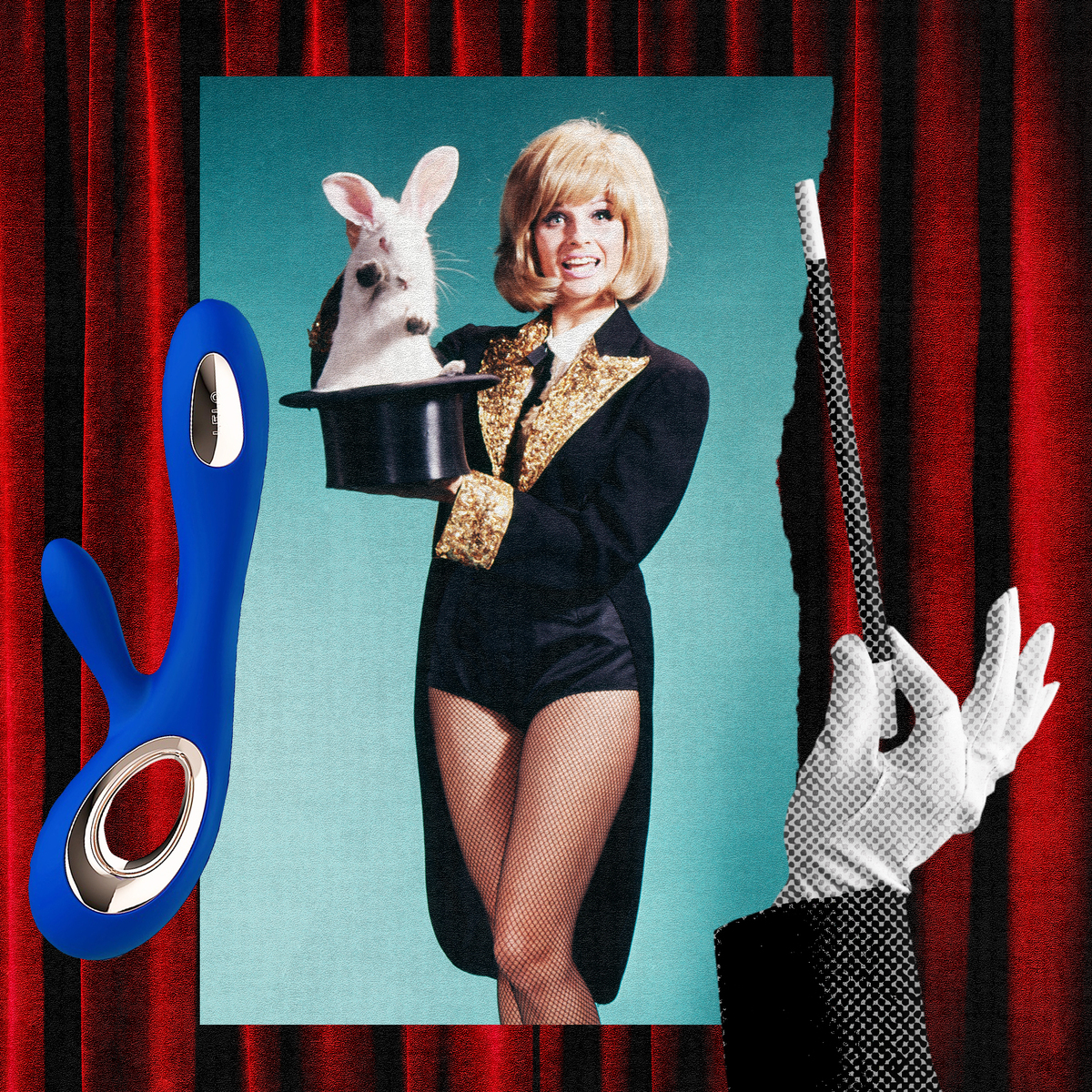
The 15 Best Rabbit Vibrators of 2023
No bunnies were harmed in the making of this list.
By Gabrielle Ulubay Last updated
-

"Emily in Paris" Fans Want Kim Cattrall to Make a Samantha Jones Cameo
The crossover the world needs right now.
By Caitlin Morton Published
-
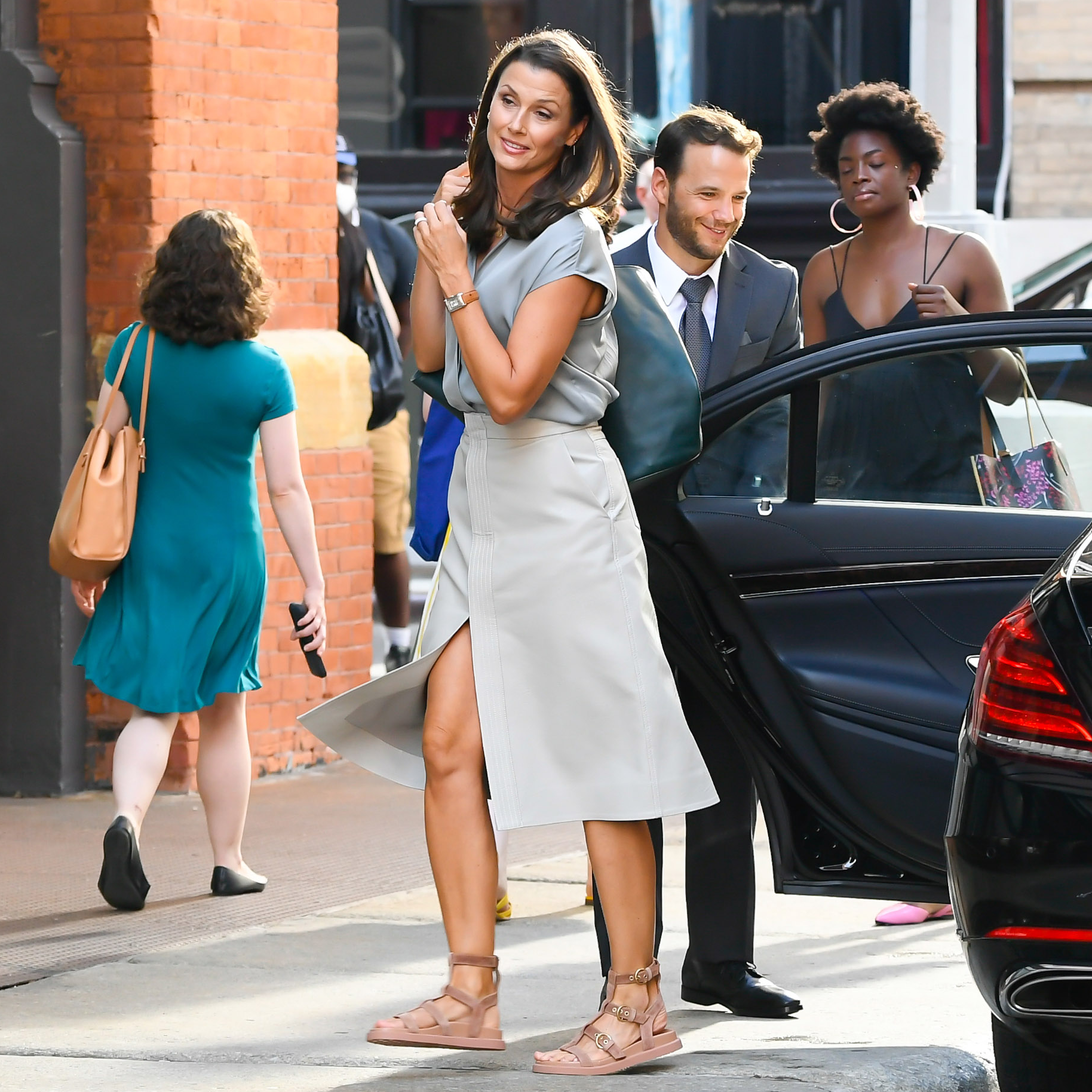
Bridget Moynahan on Returning to 'SATC'
The actress answers our burning questions about returning to the world of 'Sex and the City' and revisiting that famous love triangle.
By Kathleen Walsh Published
-
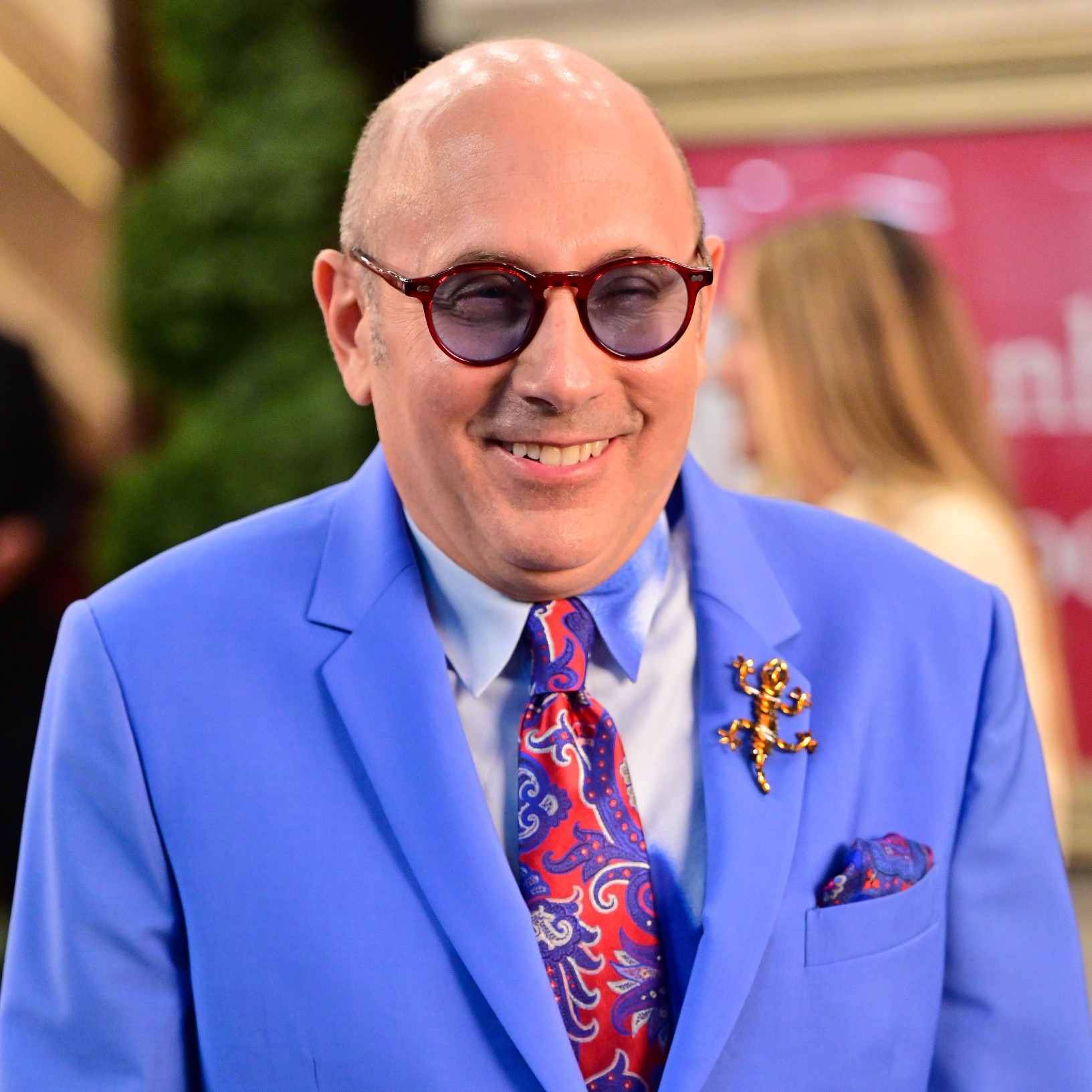
'Sex and the City' Star Willie Garson Has Died Aged 57
The news has shaken people around the world.
By Iris Goldsztajn Published
-

Carrie Bradshaw Is Wearing a Wedding Band in the 'Sex and the City' Reboot
Are Carrie and Big still married?
By Iris Goldsztajn Published
-

Sarah Jessica Parker Posted Pics from the 'Sex and the City' Revival Table Read
Sarah Jessica Parker shared behind the scenes pictures from HBO Max's Sex and the City revival, And Just Like That, on Instagram.
By Kayleigh Roberts Published
-
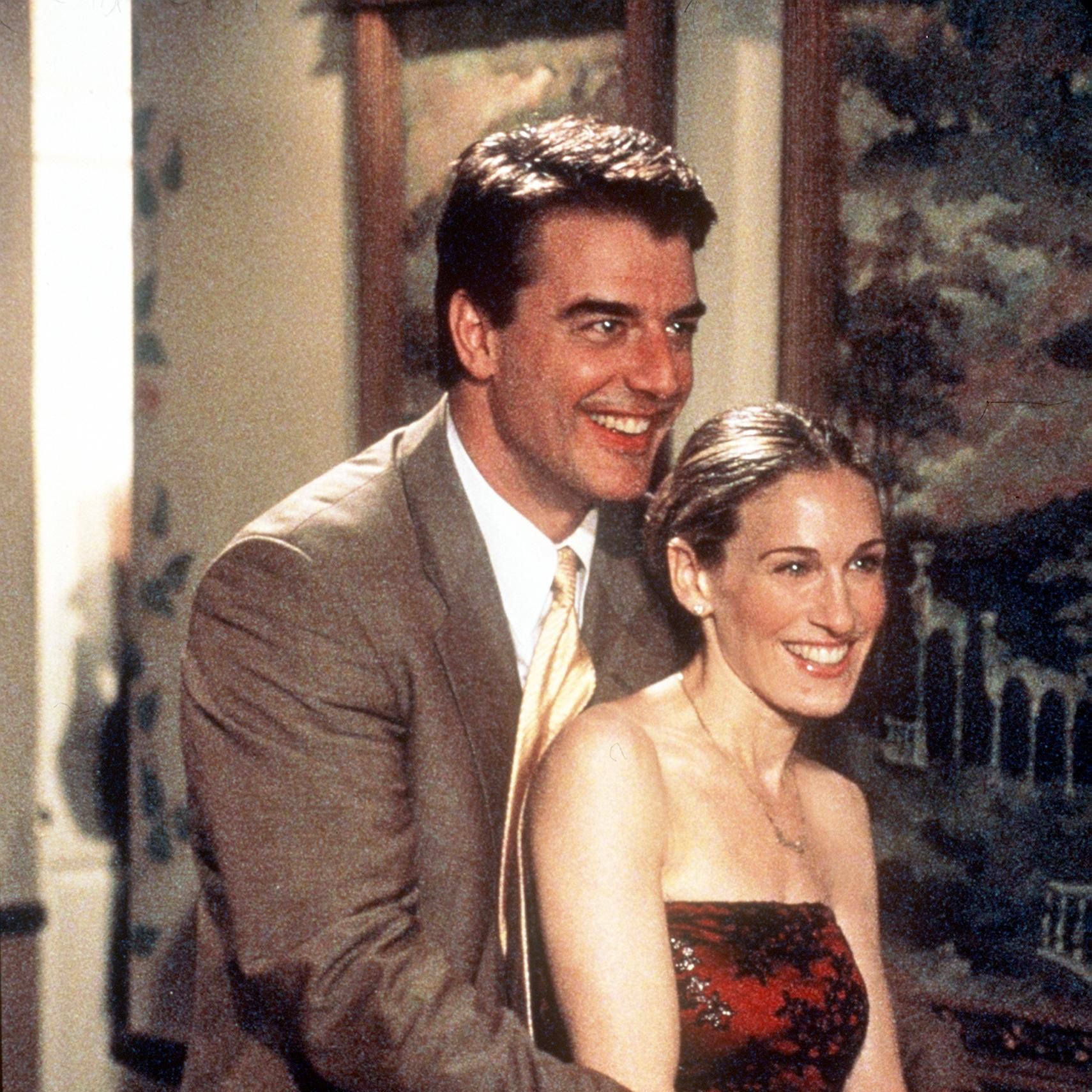
A 'Sex and the City' Revival Titled 'And Just Like That' Is Coming to HBO Max
Christ Noth will also be returning as Mr. Big.
By Neha Prakash Published
-

The Best TV and Movie Wedding Dresses of All Time
Features I'm definitely Meghan Markle in 'Suits,' just sayin'.
By Alanna Lauren Greco Published
Features -

'Sex and the City'-Inspired Outfits to Shop
Features The eternal question: Are you a Carrie, Charlotte, Miranda, or Samantha?
By Sara Holzman Published
Features -

Kim Cattrall Says She Feels "Lucky" to Be Done with 'Sex and the City' Amid Reboot Rumors
In a new interview for the Women's Prize for Fiction podcast, Kim Cattrall talked about the backlash she faced leaving Sex and the City.
By Kayleigh Roberts Published
-

Netflix's 'Emily In Paris' Will Be Your New Favorite Binge-Watch
The rom-com series stars Lily Collins as Emily.
By Bianca Rodriguez Published
-
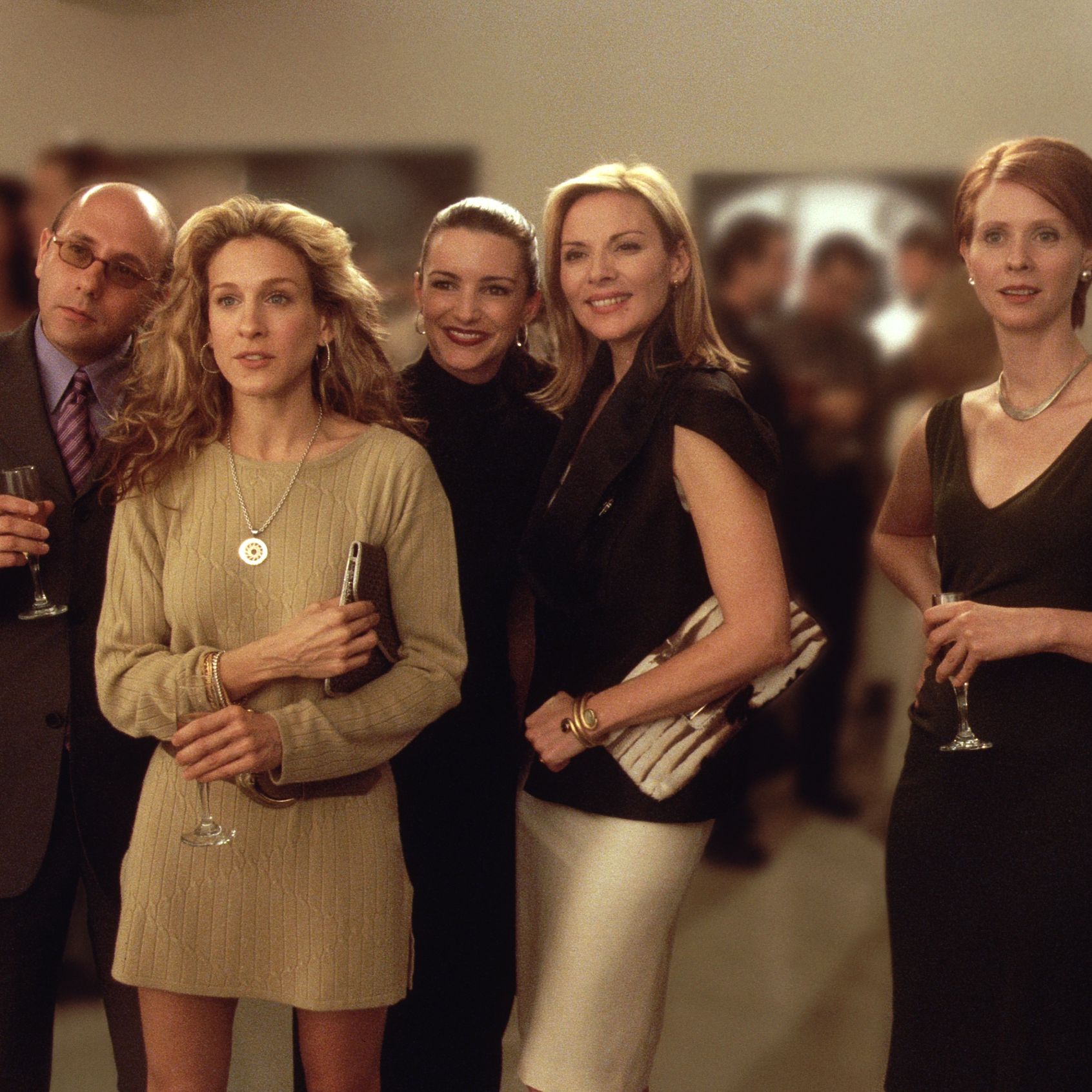
Why Carrie Bradshaw's Shoes Didn't Match In This Iconic 'SATC' Episode
19 years later, we have an answer!
By Marina Liao Published


